Technical Library
Apply
Filters
category:
content type:
Sort by:
Newest to Oldest
Newest to Oldest
Oldest to Newest

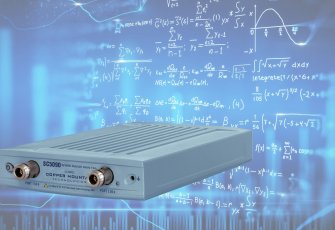
Using the Trace Math Function on a CMT Vector Network Analyzer
In this detailed application note, Brian Walker, Sr. RF Engineer and Subject Matter Expert, explores how Trace Math functionality in…
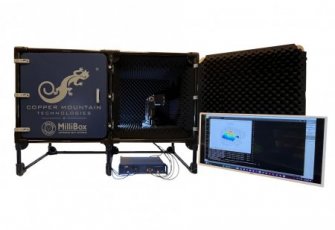
Pruebas de Antenas mmWave por el Aire (OTA)
Las pruebas de antena suelen ser un paso crucial en el proceso de diseño de RF. Los dispositivos portátiles en…

Over-the-Air (OTA) mmWave Antenna Testing
Copper Mountain Technologies offers a turnkey Over-The-Air (OTA) Antenna Test System for precise far-field measurements in mmWave and sub-THz frequency…
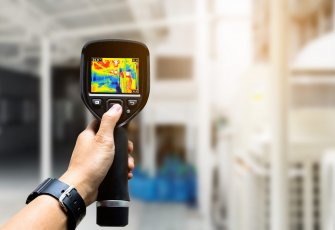
Thermal Stability and VNA Measurement
This article explores the impact of thermal variation on the accuracy of VNA measurements. It explains how calibration helps correct…
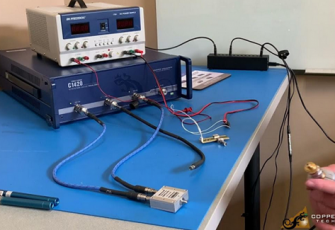
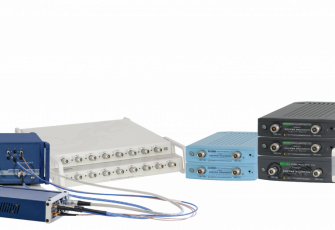
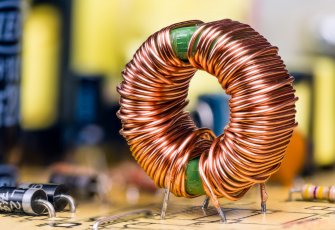
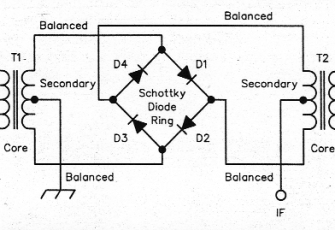
Mixer Measurement with a Vector Network Analyzer
Learn about mixer measurement with a vector network analyzer from Brian Walker.


